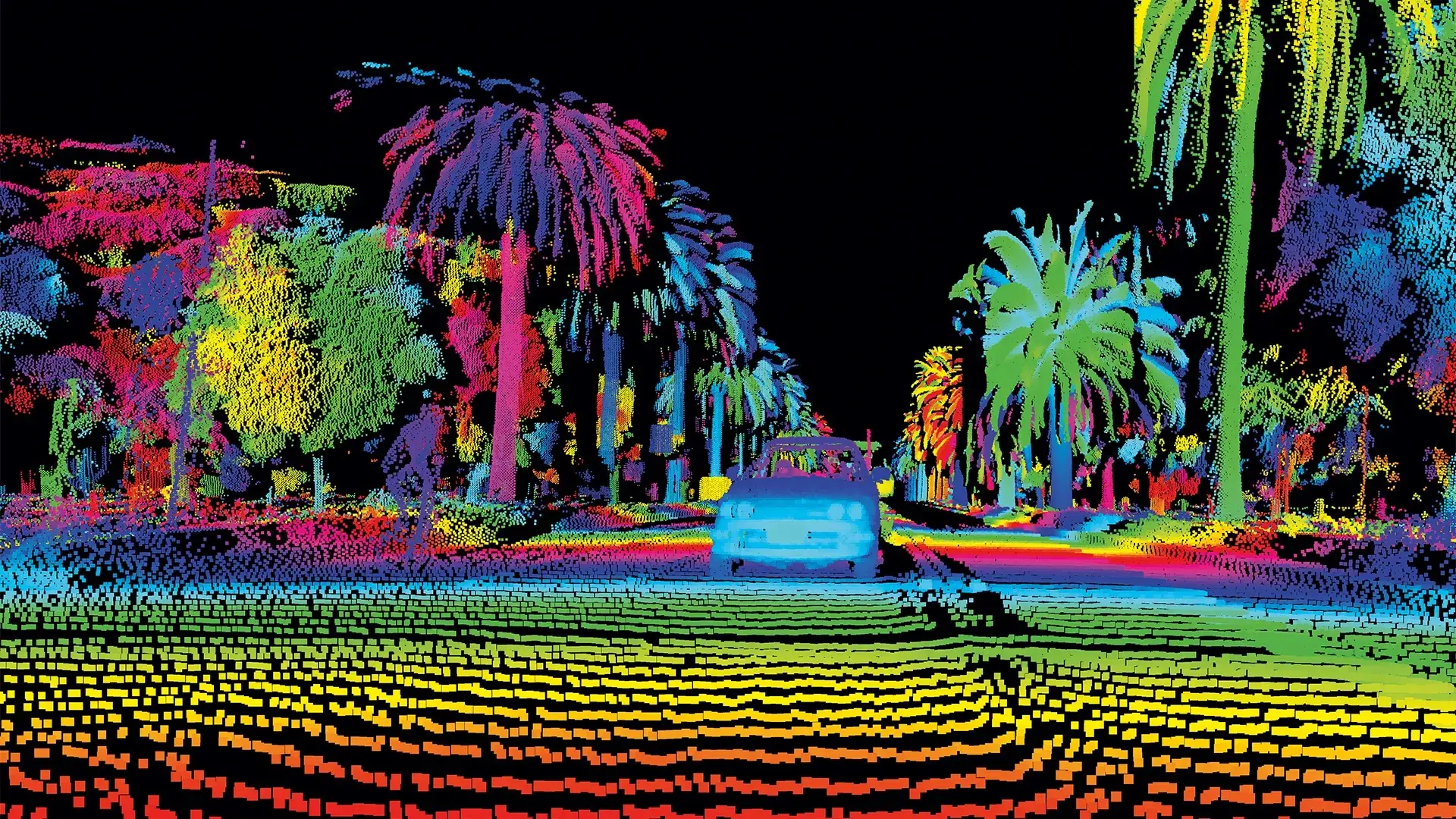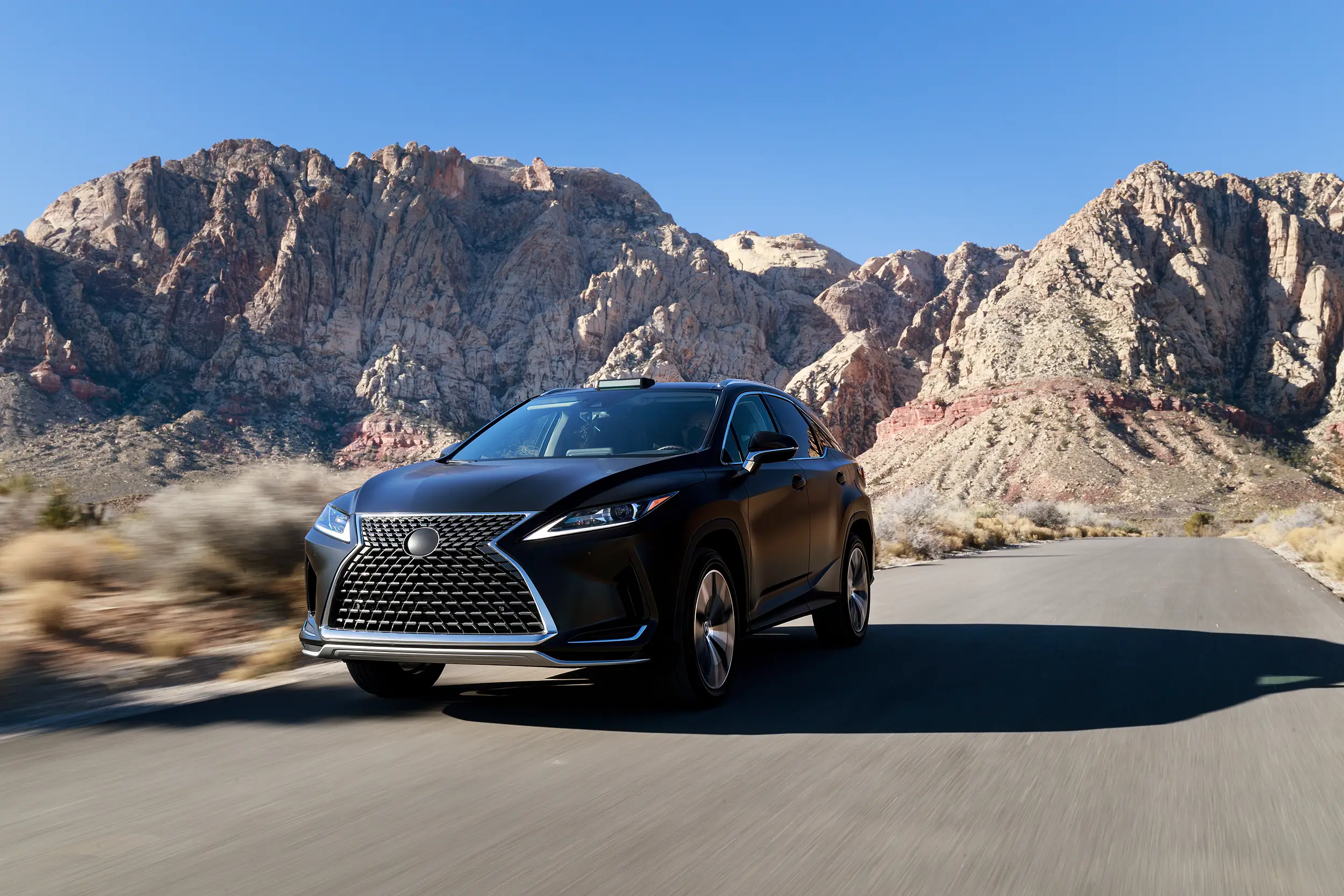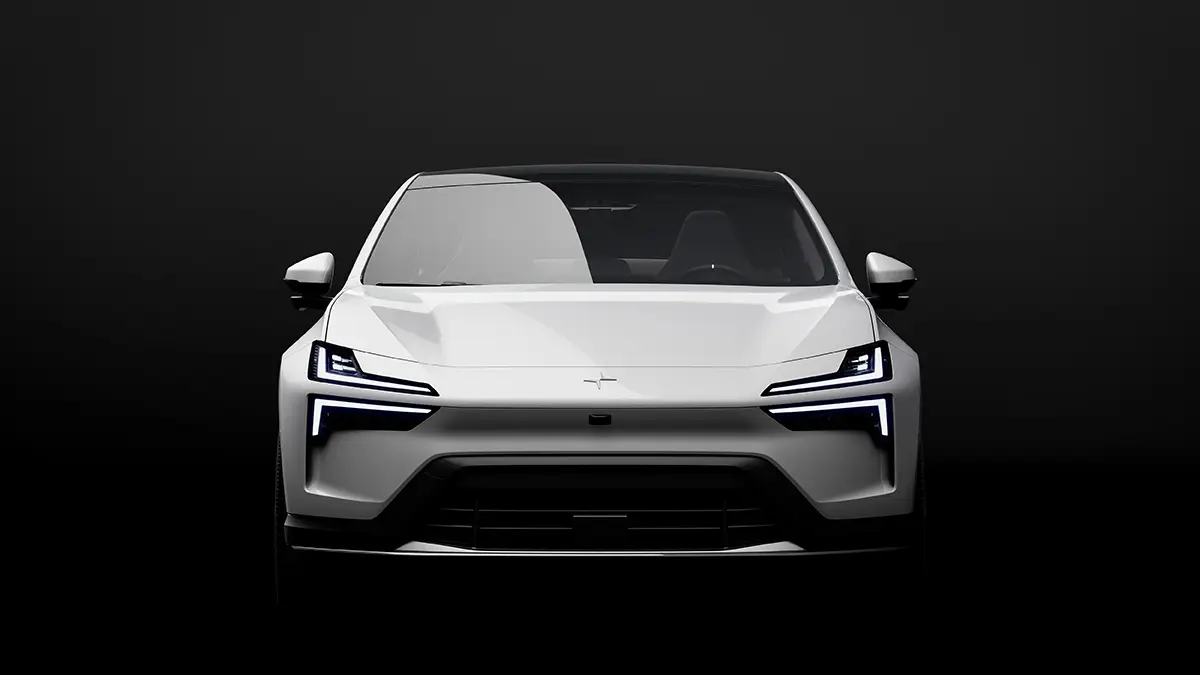Luminar Enters Autonomous Vehicle Market with Breakthrough Lidar


“We had to find 2,000 ways not to make a LiDAR system, before we found the one way that finally delivers on what the industry needs,” said Austin Russell, founder and Chief Executive Officer of Luminar.
PALO ALTO, CA. — After five years in stealth, Luminar Technologies, Inc. launches with a new kind of LiDAR system designed to make autonomous vehicles both safe and scalable.
The company is in the midst of a limited production run with four major autonomous vehicle programs selected as strategic partners for early testing. Luminar has made two acquisitions to scale the team to more than 150 people, and has raised $36M in seed capital from investors Canvas Ventures, GVA Capital, and 1517 Fund, among others.
Founded by applied physicist and inventor, Austin Russell, and photonics industry pioneer, Jason Eichenholz, the Luminar team has spent five years engineering and manufacturing all major components of their system from the chip-level up, including lasers, receivers, scanners, and processing electronics. The result is a LiDAR sensor that sets new standards in performance, scalability, and autonomous vehicle safety.
“We had to find 2,000 ways not to make a LiDAR system, before we found the one way that finally delivers on what the industry needs,” said Austin Russell, founder and Chief Executive Officer of Luminar. “We made a breakthrough that will allow self-driving cars to be ubiquitous and, most importantly, safe.”
Luminar operates at 1550nm wavelength, which allows it to be 40 times more powerful than legacy systems, while staying eye-safe. The receiver is built using an InGaAs design, as opposed to standard silicon. InGaAs is traditionally considered too costly to pursue for mass-market LiDAR production, however Luminar has made a number of breakthroughs to bring the cost down of its InGaAs-based receiver.
The result is the first LiDAR system to achieve the necessary range and resolution to drive autonomous vehicles safely and at full speed, meeting the needs of every major AV program. It has the ability to see 50 times greater resolution and 10 times longer range than current systems. This means that at 200 meters, Luminar can detect hard-to-see, low-reflectivity objects like a black car or tire on the road, and offer a full seven seconds of reaction time at 75 miles per hour. The best performing systems deployed today see such objects (assuming 10 percent reflectivity) at less than 35 meters, which at highway speeds offers less than one second of reaction time.
Founder and CEO Austin Russell is an applied physicist and inventor with a background in photonics and computer engineering. He founded Luminar in 2012 with a vision to develop LiDAR technologies for autonomous vehicles, and became a 2013 Thiel Fellow to accelerate the company. In 2014, he tapped his mentor and renowned photonics pioneer, Jason Eichenholz, who spent the last 25 years actively involved in laser, optics and photonics research and development, to join as CTO and co-founder to bring the technology to production. In 2015, Luminar acquired Eichenholz’s optics productization company, Open Photonics.


